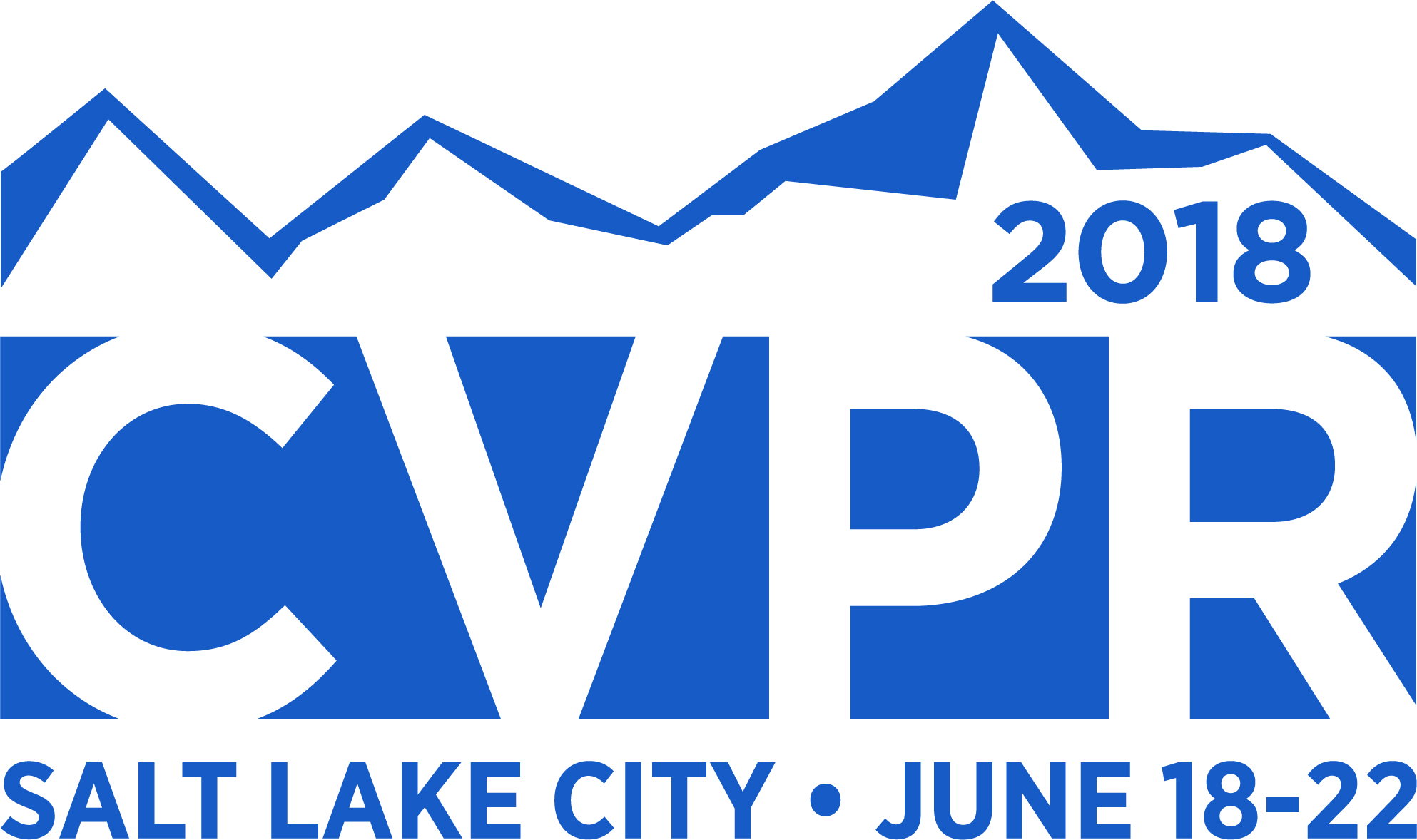-
Maximum Classifier Discrepancy for Unsupervised Domain Adaptation
AbstractIn this work, we present a method for unsupervised domain adaptation. Many adversarial learning methods train domain classifier networks to distinguish the features as either a source or target and train a feature generator network to mimic the discriminator. Two problems exist with these methods. First, the domain classifier only tries to distinguish the features as a source or target and thus does not consider task-specific decision boundaries between classes. Therefore, a trained generator can generate ambiguous features near class boundaries. Second, these methods aim to completely match the feature distributions between different domains, which is difficult because of each domain's characteristics. To solve these problems, we introduce a new approach that attempts to align distributions of source and target by utilizing the task-specific decision boundaries. We propose to maximize the discrepancy between two classifiers' outputs to detect target samples that are far from the support of the source. A feature generator learns to generate target features near the support to minimize the discrepancy. Our method outperforms other methods on several datasets of image classification and semantic segmentation. The codes are available at url{https://github.com/mil-tokyo/MCD_DA}
Related Material
[pdf] [supp] [arXiv] [video][bibtex]@InProceedings{Saito_2018_CVPR,
author = {Saito, Kuniaki and Watanabe, Kohei and Ushiku, Yoshitaka and Harada, Tatsuya},
title = {Maximum Classifier Discrepancy for Unsupervised Domain Adaptation},
booktitle = {Proceedings of the IEEE Conference on Computer Vision and Pattern Recognition (CVPR)},
month = {June},
year = {2018}
}
These CVPR 2018 papers are the Open Access versions, provided by the Computer Vision Foundation.
Except for the watermark, they are identical to the accepted versions; the final published version of the proceedings is available on IEEE Xplore.
Except for the watermark, they are identical to the accepted versions; the final published version of the proceedings is available on IEEE Xplore.
This material is presented to ensure timely dissemination of scholarly and technical work.
Copyright and all rights therein are retained by authors or by other copyright holders.
All persons copying this information are expected to adhere to the terms and constraints invoked by each author's copyright.

